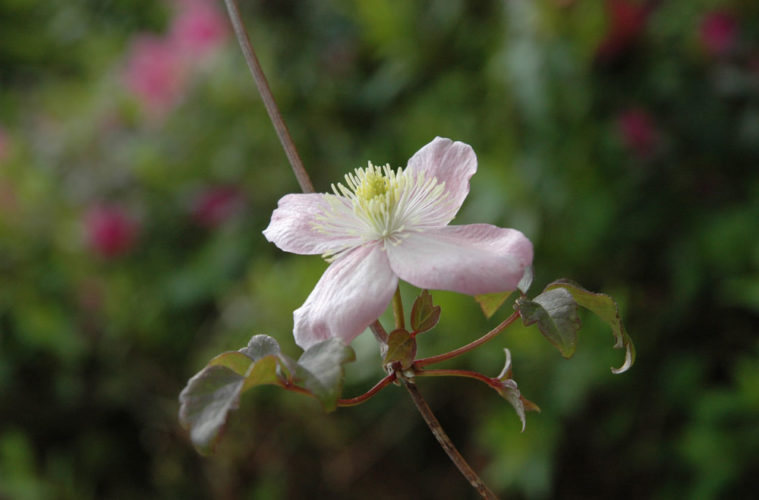The spectacular flowers make clematis one of the most romantic climbers. Here’s your ultimate guide on how to prune, propagate and grow clematis.
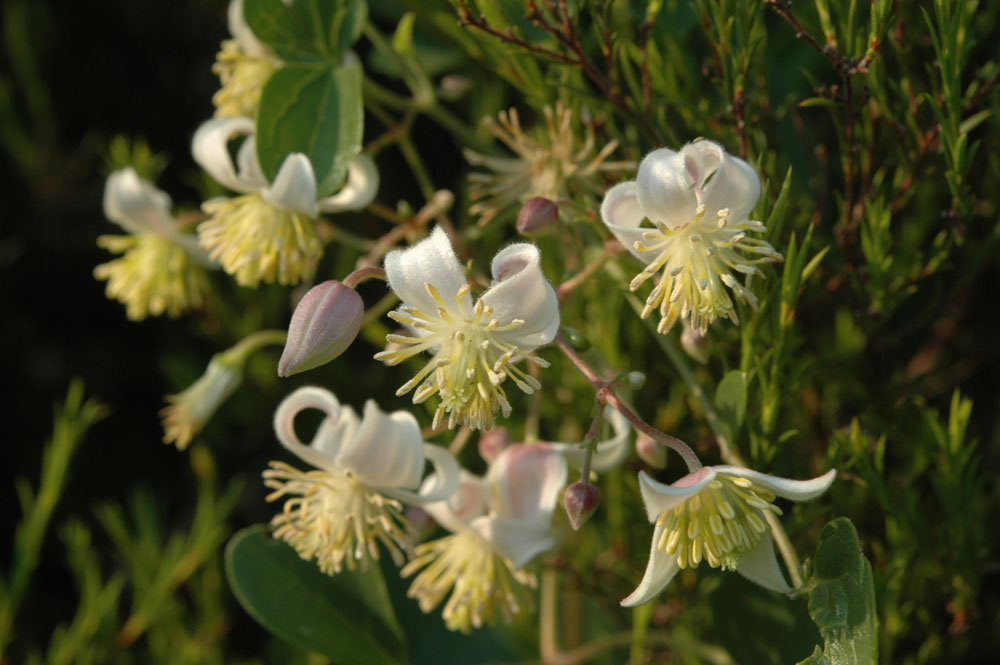
YOU’LL ALSO LOVE: 5 Fragrant climbers
Indigenous to China and Japan, clematis have been popular in European gardens since the mid-19th century. “Known as the ‘Queen of Vines’, there are few plants that can match its beauty,” says clematis grower Isabel Johnston of Hilton, KZN, whose passion for these climbers was sparked by gardens in England where she grew up.
The name clematis is derived from the Greek word klema meaning climbing or branching. And this is what they do, covering archways and trellises and scrambling through trees, roses and shrubs, whether in the ground or in pots. Their range of shapes and colours is vast with over 400 cultivars to choose from. “Although South Africans are often reluctant to grow them, given a little care they do well, especially in areas with cold winters,” says Isabel whose nursery supplies both the public and garden centres.
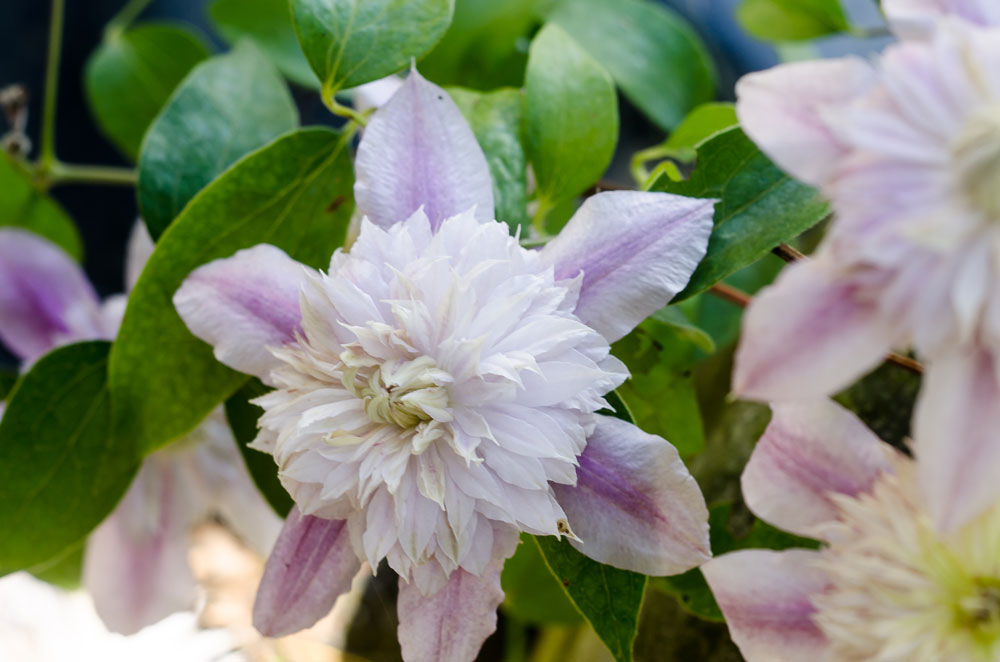
Not all clematis species are suitable for our climate, but the large-flowered hybrids grow readily and put on an amazing show each year. “Most gardeners are familiar with Clematis montana, which have small white flowers in spring and are a spectacular sight cascading over walls and fences,” says Isabel. “Their flowering period is relatively short, unlike the large-flowered varieties, which go on producing flowers from early spring to autumn. If you cut them back after their first flush, four to six weeks later they produce another spectacular display.”
READ MORE: Growing jasmine
PLANTING AND MAINTENANCE
When planting clematis in the garden, sink the plant 5–8cm below the surface to encourage new shoots to grow from the base.
Cover the root area with plenty of mulch, such as compost or dry leaves, to keep it cool. Planting behind other plants or shrubs in the sun also keeps their roots cool, while allowing them
to grow.
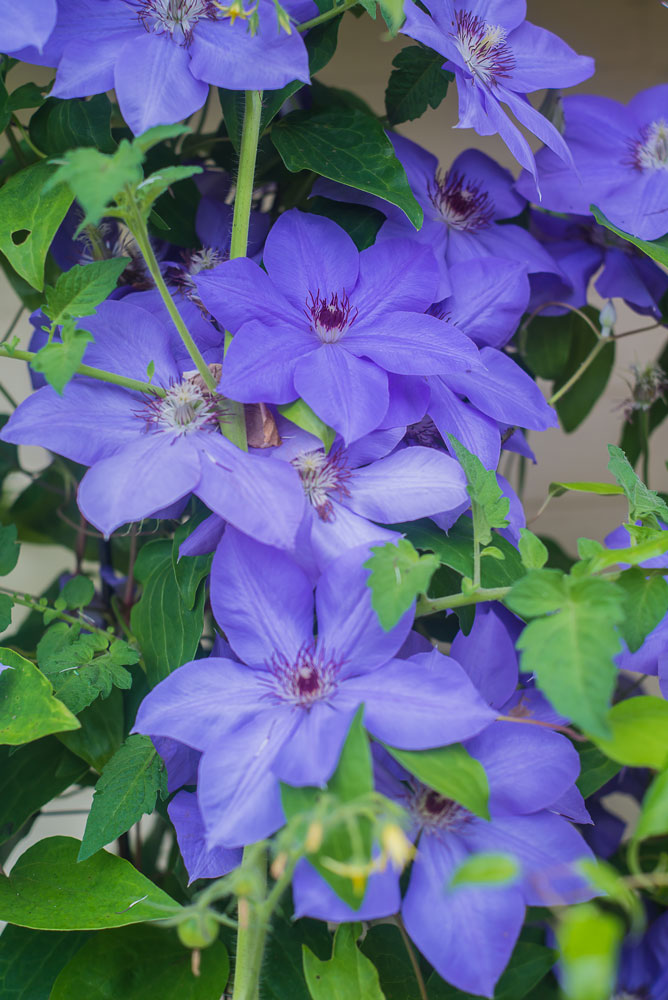
To show off the flowers, provide a support for them to wind their leaf petioles around, such as a wall-mounted trellis, or a tripod in a container.
Clematis need regular feeding with a general fertiliser every two weeks in the growing season. Once they start blooming, stop feeding to prolong the flowering period. After cutting back, feed once more.
PROPAGATING
1. Take cuttings in spring and early summer from the middle section of a stem, as the top is too soft and the lower part too woody. “You can use a rooting hormone, but it’s not necessary,” says Isabel.
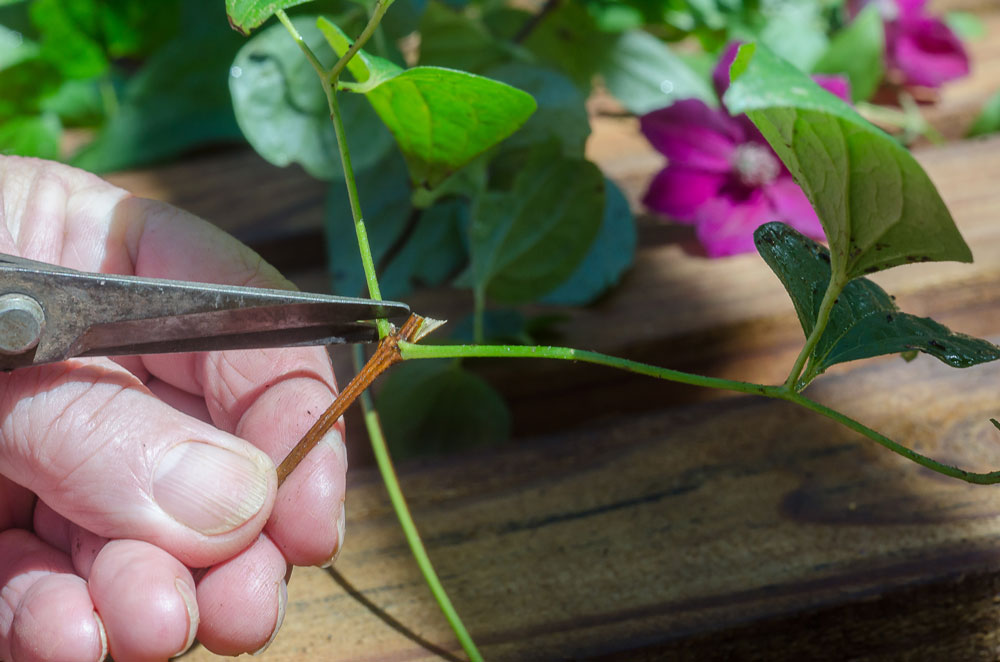
2. Soak prepared cuttings in a garden fungicide before placing them in a 12cm pot filled with a free-draining potting medium of half bark, half coarse sand.
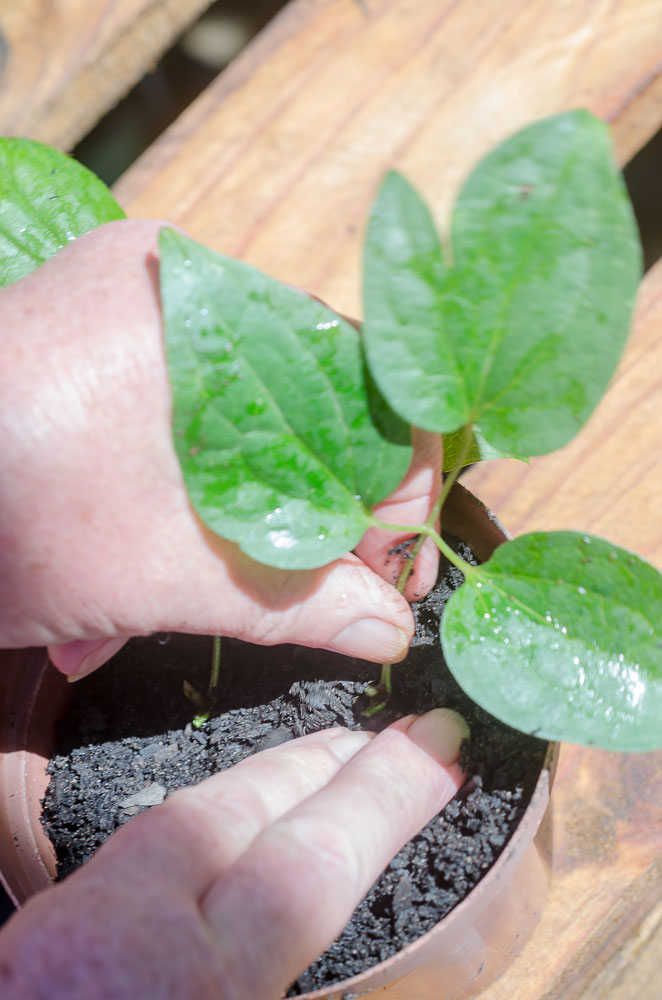
3. Water the cuttings and place the bottom half of a two-litre plastic bottle over them to form a mini greenhouse.
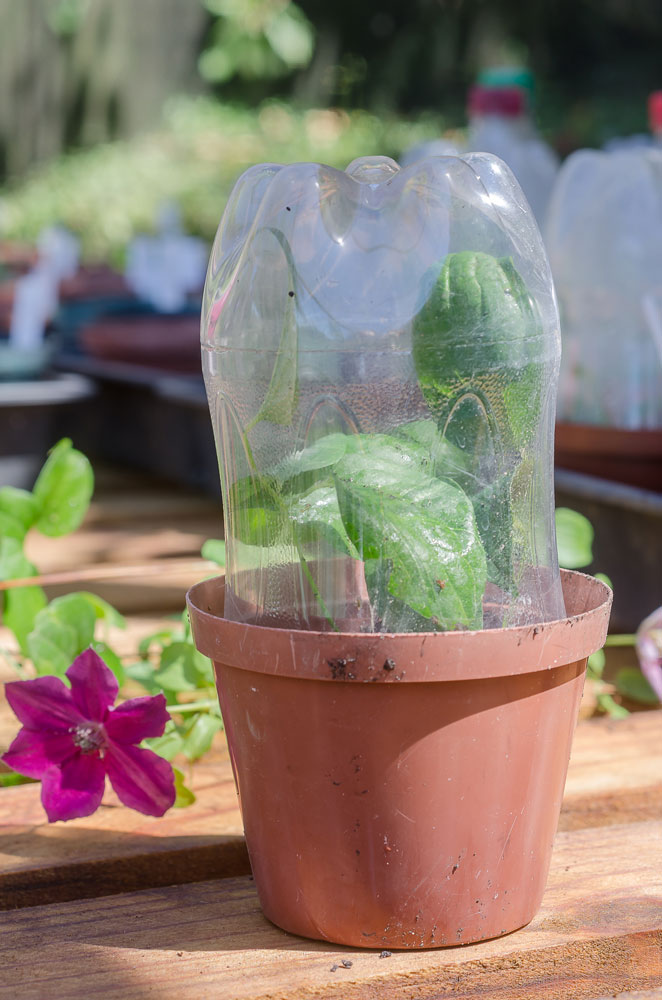
4. Rooting takes from 4–6 weeks. Wait until the petioles fill the pot before transferring to a larger pot.
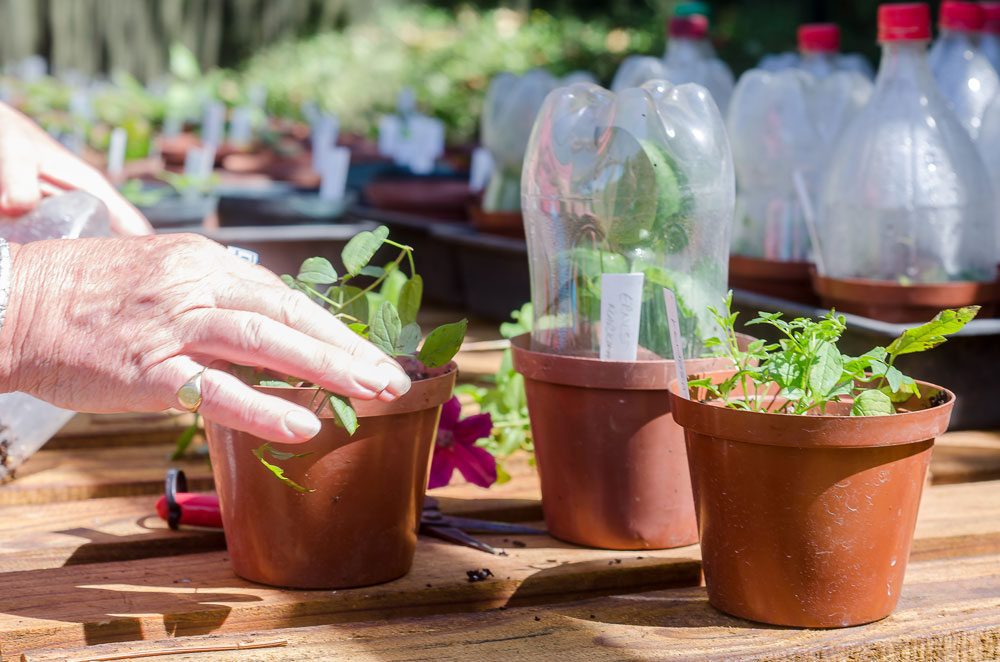
READ MORE: An easy way to propagate succulents
PRUNING
There is some confusion about pruning clematis. Clematis montana shouldn’t be pruned hard, just tidied up after flowering. As the large-flowered varieties are deciduous, they lose their leaves in autumn. Wait until mid-July, before pruning. By that time fat buds will have formed at the leaf axes. Cut back to just above a pair of healthy buds. Mulch with a good layer of compost, or manure, and wait for spring.

